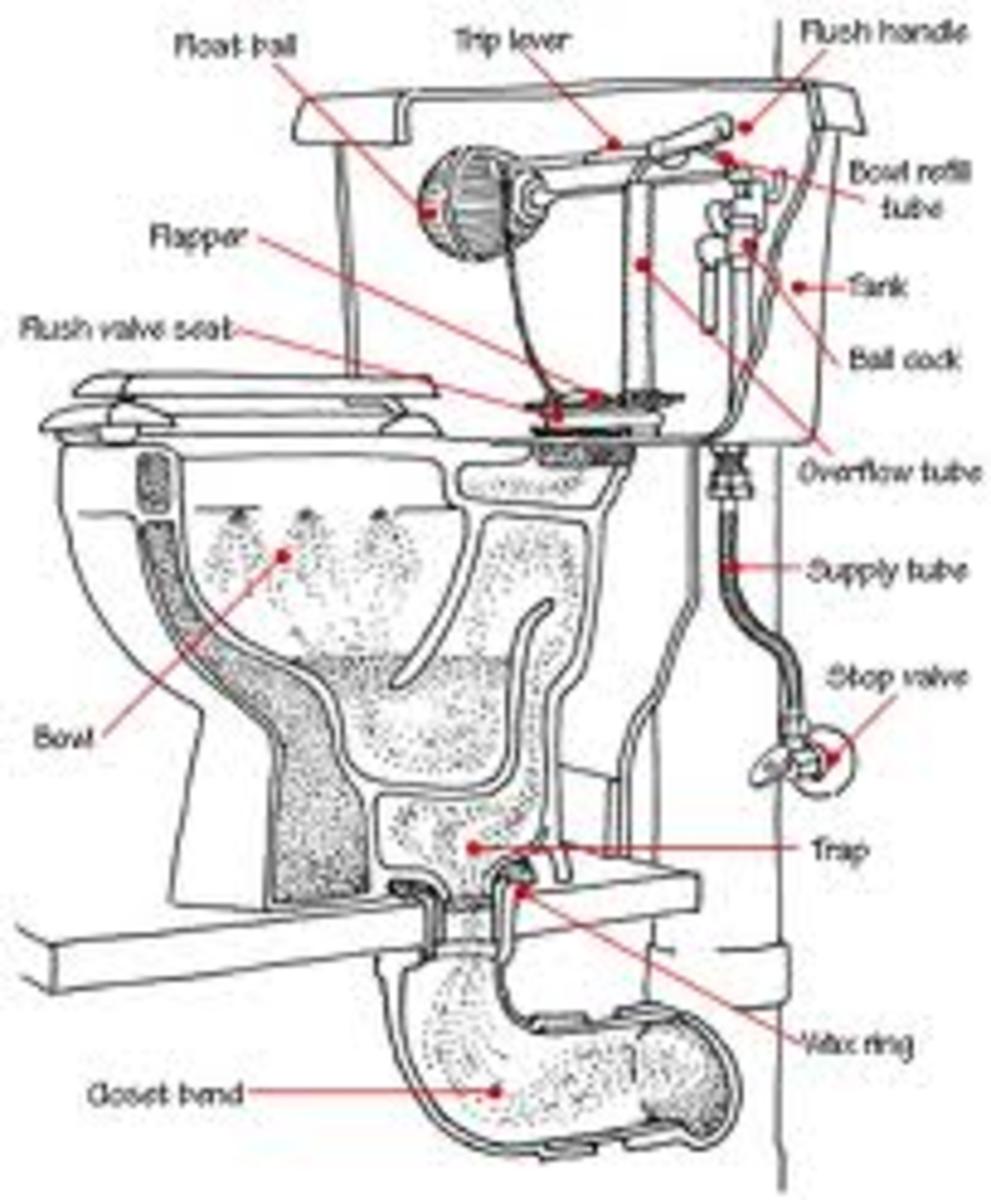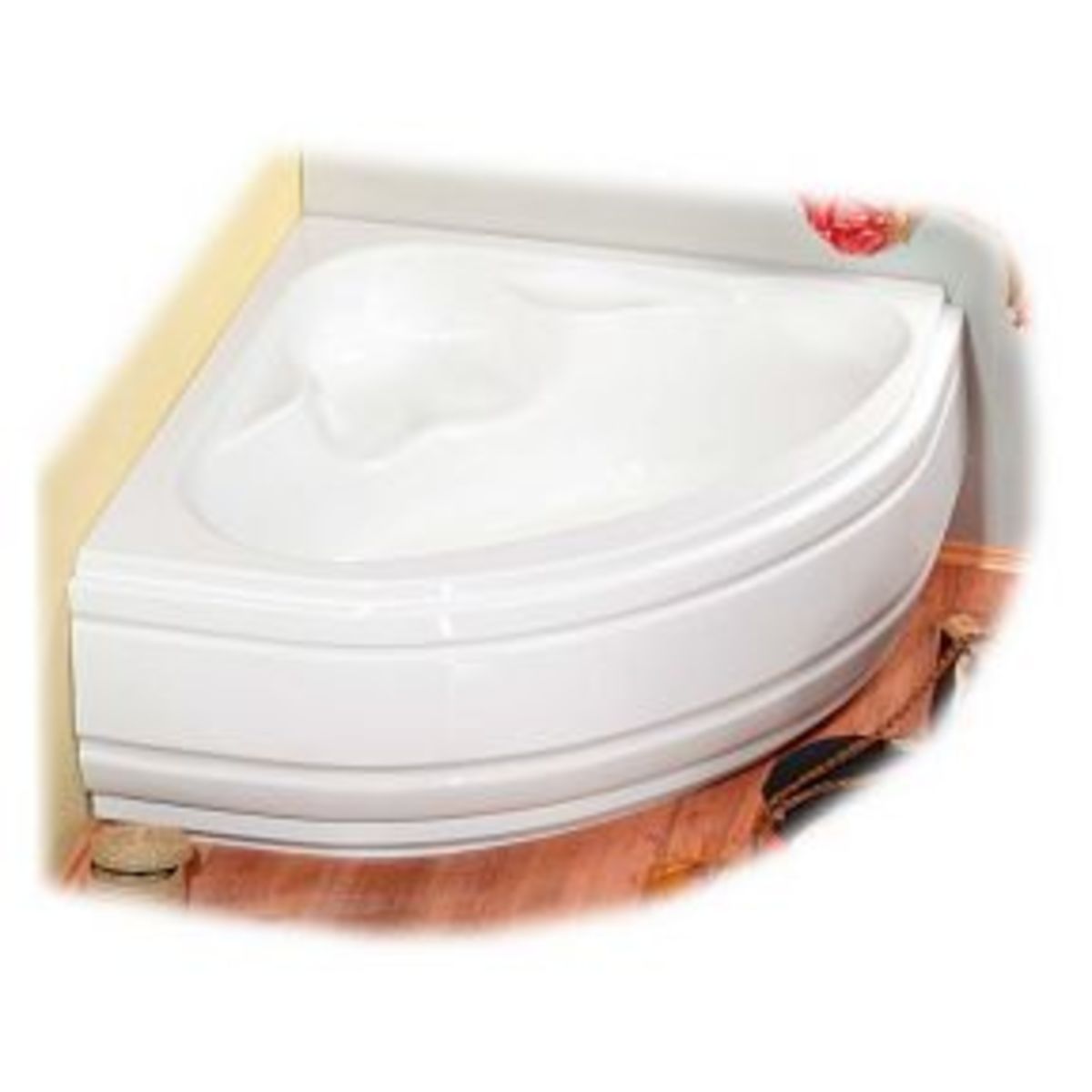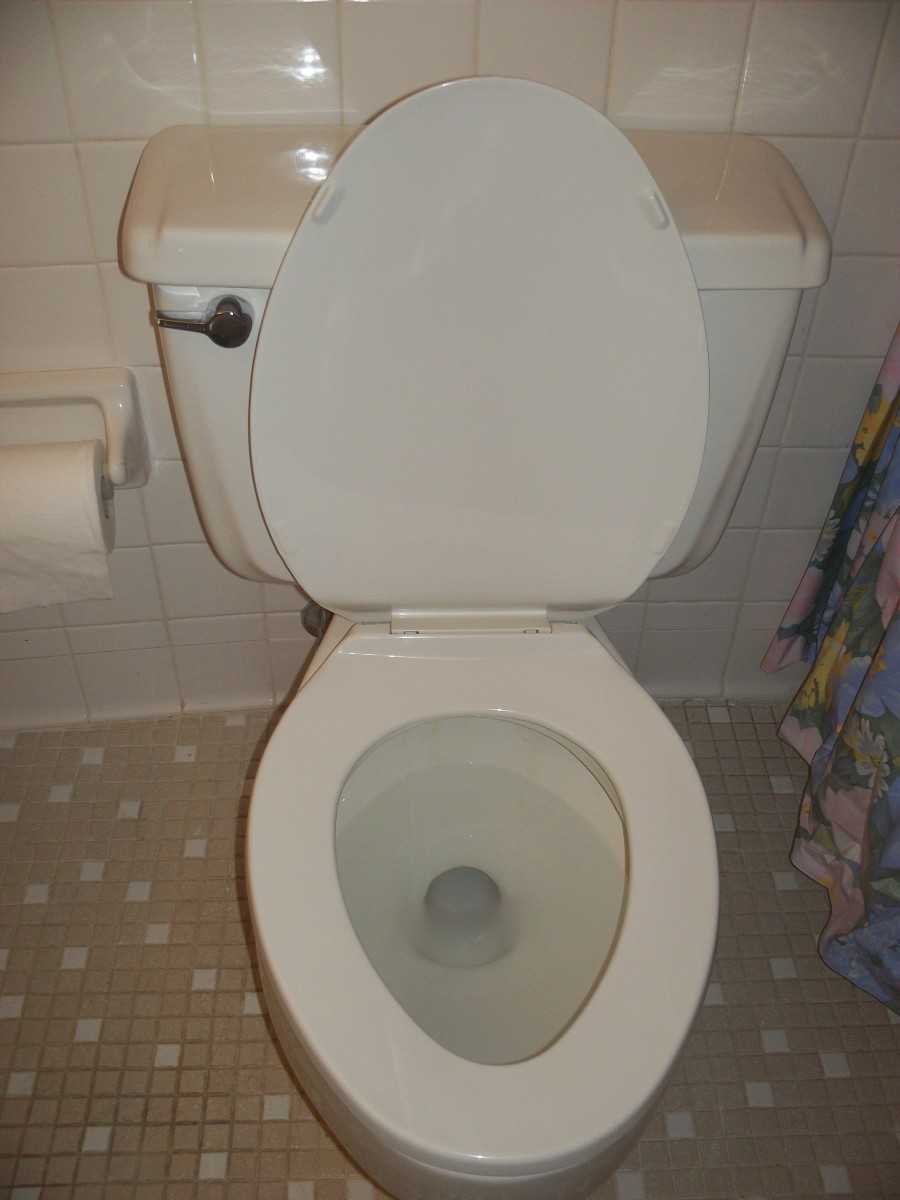How to Replace Your Home's Water Heater
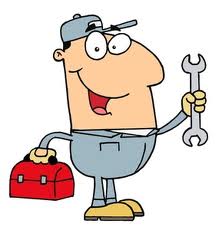
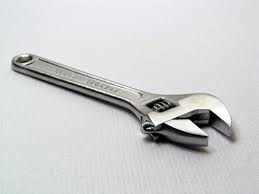
How I know what I know
I'm going to tell you how to replace your home's water heater, but I don't want people to think that I am a plumber, because I'm not. I'm just one of those guys, you know that guy, the one who can figure out how to fix just about anything. I'm not saying this to brag, I just want you to get an understanding of my qualifications so that you can decide weather or not you want to trust my judgment. Growing up my father taught me everything that he could, which lead to me gaining an interest in working with my hands. So, if I can spend a little time to write an article that will help to save people some money in this time of economic uncertainty, then so be it.
Money is not easy to come by these days and a lot of people are attempting to do their own home repairs or upgrades like installing a water heater. Some of the most ridiculously overpriced home repair projects involve plumbing in some way. I did a little bit of research into what plumbers charge these days and believe me, plumbers do not like to quote their rates online. Anyhow, what I came up with is this. I found a couple of them who are charging $40.00 per quarter hour, QUARTER HOUR!! That's $160.00 per hour, WOW!!
Alright, to give you an idea of how simple it is to accomplish some of these jobs yourself, I'm going to walk you through one of the most common jobs that plumbers are hired to do. Replacing a water heater is a lot easier than it sounds. Now, it may not be very complicated, however, it does involve a bit of heavy lifting and I can't stress this enough, lift with your legs. I'm 36 years old and my back is cashed, due to a lifetime of not lifting with my legs.
Getting started
The first thing that you'll want to do is to turn on the HOT water in the kitchen and bathroom, this will drain the hot water from the tank. Next, attach the garden hose to the spigot on the side, near the bottom of the unit and run it out the nearest door or window. Depending on the size of your old water heater, average homes usually have a heater with a 40 gallon tank in them, this may take a while. With the hose attached, open the valve and allow the water to run out.
Once all of the water is drained from the unit, remove the line coming out of the unit. Since you have previously shut off the water supply to the unit, you can also remove the water supply line.
(this step only applies to gas powered units) Once you have removed all of the water and power lines, you must now disconnect the exhaust stack from the unit at its base. Since there are a wide range of possible ways for the stack to be fastened to the unit, you sort of on your own here, however, it should be a pretty straight forward procedure.
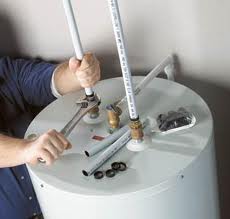
Wrapping it up
Preferably using a hand cart or dolly, remove the old unit from its current location, making room for the new one. With the new unit in place, simply reattach all of the lines that you detached from the old unit. Once you have removed the old unit, replacing it with a new one should be a breeze. When you reassemble your water lines, you'll want to use teflon tape to avoid leaks. Using teflon tape is simple, just wrap the tape around the threads of each pipe clockwise before threading on the pipe. One bit of advice before you attempt to screw the pipes back together, always thread them together by hand first. This will help you to avoid cross-threading any pipes. Cross-threading is when a pipe doesn't screw together straight and damages the threads. If this occurs, the pipe will leak for sure. Now, after that you'll have to use pipe dope on the gas line. If your ask for pipe dope at the hardware store, they will know what you are looking for. I think the proper name for it is thread sealing compound, however, if you tell the person at the hardware store what you are doing, he should now what you need.
With all of your lines back in place and your exhaust stack back on (if applicable), you are ready to turn everything on and check for leaks. Newer units have electronic ignitions on them, so there should be no pilot to light. First and most important is your gas line. Get a bowl of soapy water and with the gas turned back on, just drip water out of your hand onto the threads of the gas line at the water heater, watching for bubbles to form. If the water bubbles, obviously you have a leak. If there are none, you're good to go. If you have a gas leak, shut off the gas immediately and remove the line and reseal it with the pipe dope. As long as you didn't cross thread the pipe, this should seal it up.
In this article I explained the step by step process of replacing your water heater with it new equivalent, however, advances in technology have brought us, what is referred to as an in line water heater. Although this the initial cost of this unit is considerably higher, it will save you money in the long run. I will be following this article up with another how to article explaining how to install one of these in line units.

